A Modern Campaign Needs Hundreds of Advertising Headlines
If I have one pet peeve about the way advertising is taught today, it’s headlines. Student portfolios are typically made up of print ads and posters. That’s fine. It’s the clearest way to demonstrate the idea. But all I see is just the one advertising headline for each campaign. Perhaps a campaign of three (an out-dated relic of pre-internet advertising if there ever was one).
Today, ad ideas aren’t just sold, produced and forgotten. They are maintained. Consistently and comprehensively. Daily at the very least.
Every modern campaign idea is held up by the pillars of hundreds of social posts, short videos and influencer collaborations. If not thousands. And as a junior creative, this is the what you will be asked to work on for a lot of the time.
A lot of what you see in this article won’t be award winning print ads or social campaigns. And that’s kind of the point. Not everything you will be asked to work on will be an opportunity. But you will need to deliver beyond expectations on these projects as well if you want you progress in your career.
Table of Contents
This article is a guide to writing great headlines. And knowing how to do it quickly. Because I promise you, when you start out in your first job, you’ll be expected to perform brilliantly creating thousands of small ideas before you get a sniff of working on a big one. Honestly, most junior creatives in large agencies are given access to a client’s photo library and asked to write dozens of lines that makes the images compelling.
Sometimes magic is just spending more time on something than a person would reasonably expect. (Penn & Teller)
A headline is not an idea
A headline is the doorway to the big idea. Sometimes that doorway is fancy and ornamental. Other times it is stark and fit for purpose. At its best, with just a few words, a headline reveals a deeper truth and builds connections between the reader and the brand.
A series of headlines clarify and crystallise the idea to the audience. Each builds on the other to add dimension to what the idea is and how it places the brand in the world. This is why headline writing is important. Because each headline works as part of a larger unit, and makes the advertising idea more potent with each iteration. And that’s why the art of headline writing is worth your learning.
Take a look at the campaign below for example. A tourism campaign for Tasmania that debuted in 2021. The tone and big idea of the campaign is set up in the series of ads / content videos. But you see below some posters that accompany it. These are just four of very many. Many which will appear just on social media. Others that will be created for tactical reasons such as an arts festival or upcoming school holidays and so on.
Those headlines need to do two things:
1. Conform to the big idea.
2. Grow the big idea.
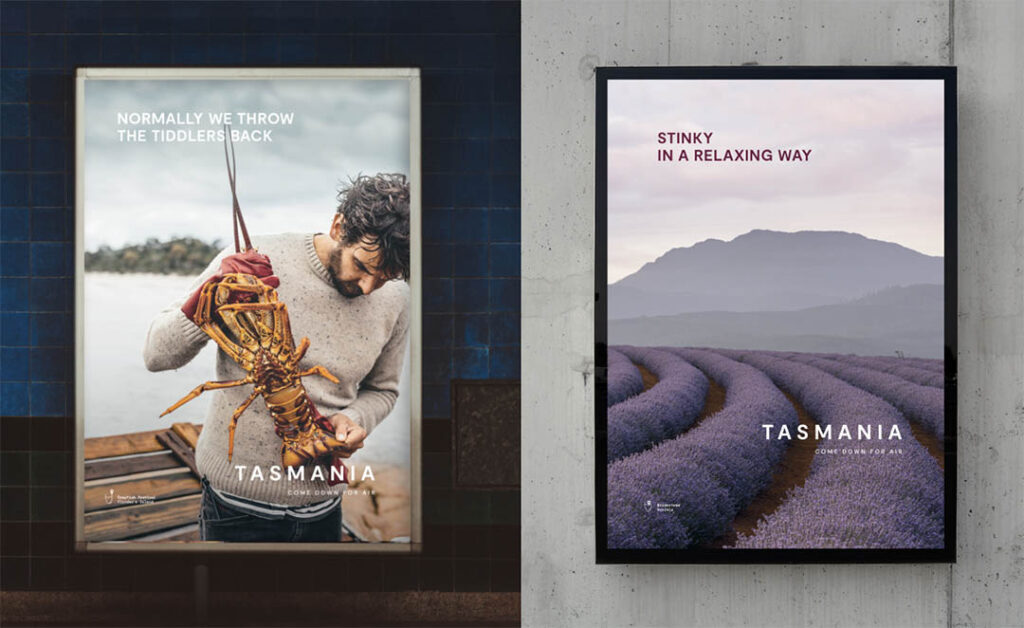
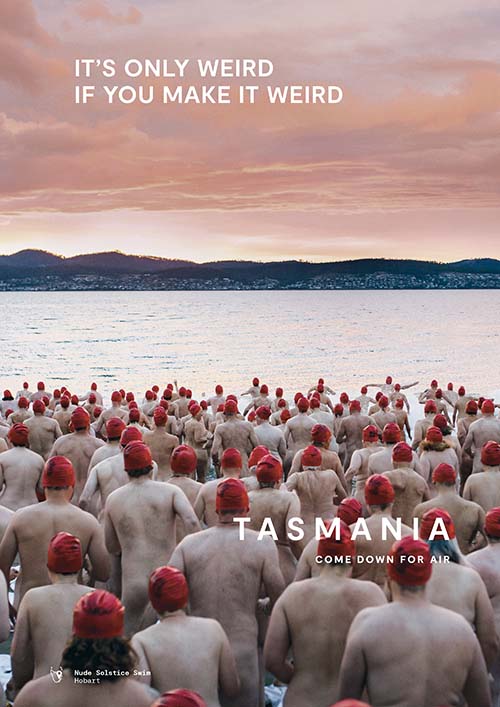
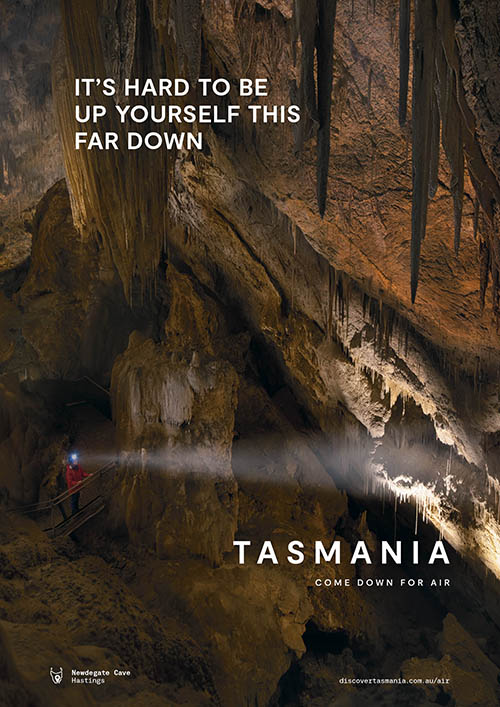
Quality comes with quantity
What is written without effort is read without pleasure. (Samuel Johnson)
Even the greatest advertising copywriters write hundreds of headlines for each one worth keeping. The more concepts you write, the better they get. Perhaps there is a genius somewhere that only writes incredible headlines at their first attempt, but I’ve never met one. On your next brief, try keeping count. And when you get to your hundredth, look back at your first ten. I’ll guarantee your best headlines aren’t there. In fact, you’ll wonder what on earth you were thinking.
Fortunately, looking back at those first attempts is a great opportunity. Look at reworking those original thoughts with the hindsight of 100 headlines under your belt. Or steal a turn of phrase to blend with something else you wrote to create something new and better.
It’s a good time to scan your lines as well to see which ones might work well as body copy, or a social caption perhaps. There might even be a couple of nice expressions that might find their way into something as mundane as a bullet point. Waste not, want not. That’s the best copywriting technique.
Clever visual, straight line. Straight visual, clever line.
This is an adage as old as Bill Bernbach. I’ve never seen it proven wrong. If you have an unusual visual, go for a straight-forward line. If you have a straight-forward visual, put as much character and personality in your line as you can.
If you layer a clever line on top of a clever visual, the idea is obscured by your cleverness. If you match a straight line with a straight visual, you’re entering dullsville. Every piece of advertising communication needs an eye-catching and engaging element. It does not need two.
And guess what? When you have a client’s asset library as your source – you ain’t gonna have clever visuals to play with. You need to be able to write dozens of smart, witty lines with very little to visually work with.
Let great headlines be your guide
The most awesome headlines are the ones that the greatest creatives in the world think are great. Look back to the best advertising from the 90’s onward to really get a sense of how the best headlines in the world are constructed. There are some amazing resources such as D&AD, One Show and Cannes Lions. (Unfortunately, Cannes put their winners behind a paywall soon after the festival finishes). Luerzers Archive can be a little visual heavy (which means there are a lot of straight headlines), but it is worth a peek as well.
Immerse yourself in the history of great advertising in all mediums. Study them. Get a sense of the cadence and rhythm of great work. What makes a headline provocative? What makes it urgent? What makes it pull emotional strings? Build a deep well of knowledge about the greatest advertising pieces and what makes them work, and you will develop an instinct for when you have written something of that calibre as well.
Avoid places like Ads of the world. It needs curation. Great work is mixed up with ok work and work with a little whiff about them. It’s not a useful place to learn.
Write headlines the way people talk. Unless there is an idea behind doing it another way.
Don’t write like a copywriter.
That’s a funny thing to say on an advertising blog. But it’s true. Don’t write the way a brief or a mission statements does either. Your audience has a remarkable instinct for when they are being marketed to. If it’s a product they already like, they’ll forgive you. But it won’t draw new people into your orbit.
You need to learn to write headlines in different voices, emotions and styles. Your aspiration should be the quality of the best copywriters in the world, but your inspiration should be more original than that. Look to the people you know. The individuals. The characters. They’ll have a turn of phrase that expresses an idea more honestly and potently than correct rules of grammar can put together. The only rule in headline writing is to be noticed and remembered.
Headline rules you should obey or ignore
Rules exist for a reason. But breaking them from time to time works. Generally speaking, obey these rules. But mess with them if you feel like it. Because why not?
Even if your particular creative schtick is successful for a while, the industry will either outgrow or imitate it. It is only when you take purposeful steps to expand your repertoire that you become a better copywriter or art director. Force yourself to approach briefs differently and unexpectedly.
1. Don’t start a headline with a cliche intro. Don’t start with the word “Finally”, or “Think of it as a” or “It’s like a” or “Because” You’re a creative. You can find a fresher way of presenting the idea.
2. Don’t use negative words. This philosophy isn’t concerned with subject matter, but actual words. Words like not, shouldn’t, don’t, and even but. 99% of the time there’s a simple way to restate exactly the same sentiment using positive words.
3. Puns. Just don’t. Unless they’re awesome. But still don’t.
All of these rules have been broken brilliantly in the past by truly great copywriters. But you need to know each rule and why it exists before you even think of doing the same.
Smart headlines beat clever headlines.
A clever headline makes you feel good. But a smart headline gets you promoted. Compelling arguments are smart. Personal insights are smart. An understanding of the human condition is smart. Wordplay is clever.
There’s a place for clever headlines. They’re fun to write and make the team around you laugh. Clients will laugh too. You might even get it made. It’ll look great in your folio. Hell, you might even win a pencil or a lion for it.
Cleverness reflects the quality of the writer. But smart reflects the quality of the product and the brand.
Aim to expose the deepest, most surprising human truths associated with the product you are advocating for, and express that as clearly as you can. Even if that truth is to be stupid. Now that’s smart.
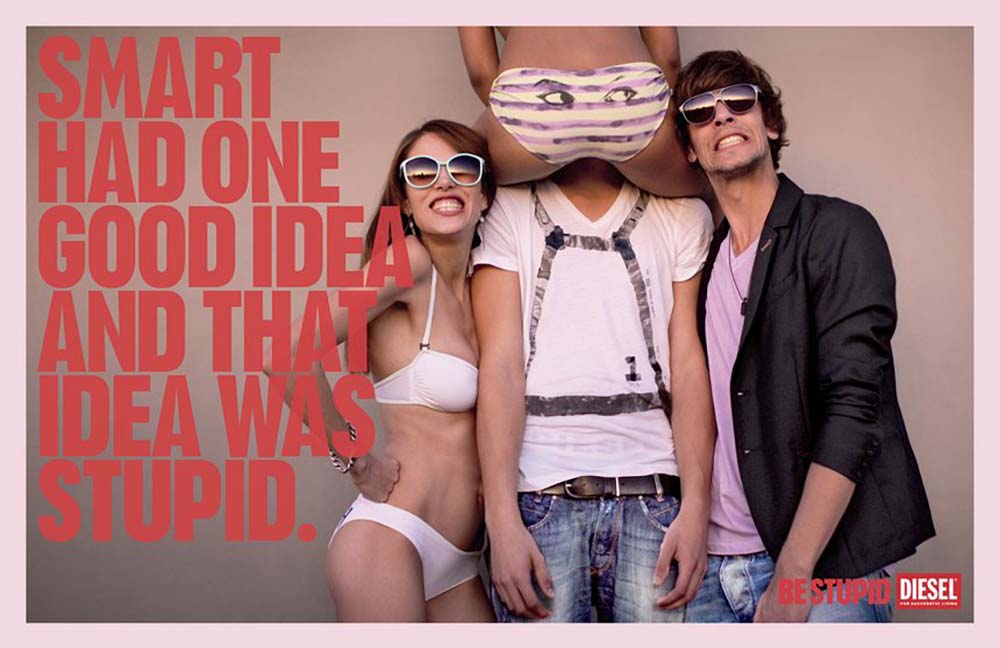
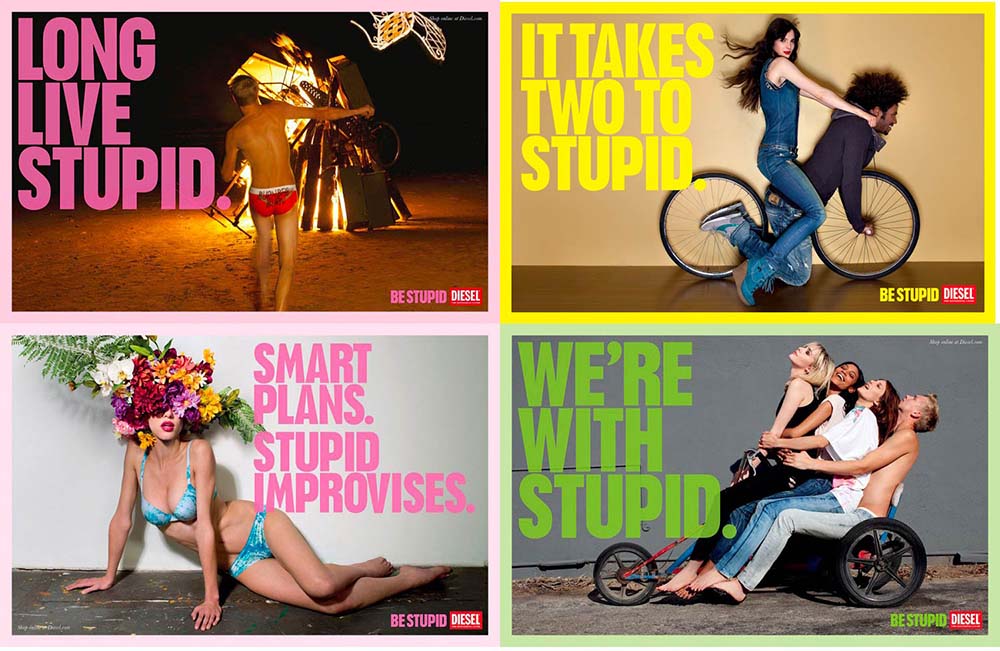
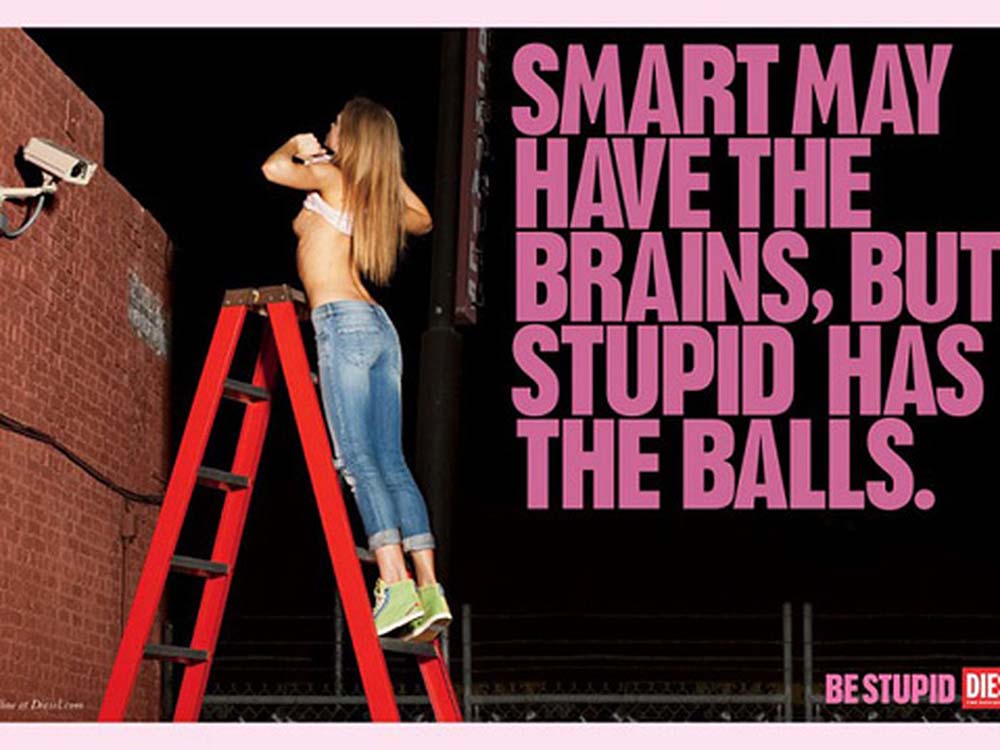
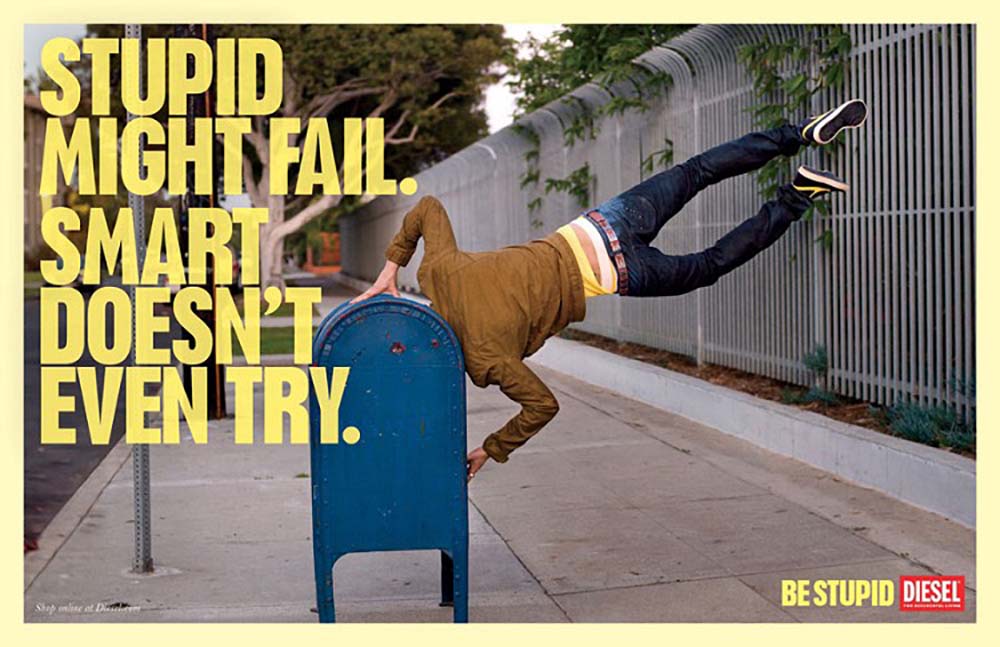
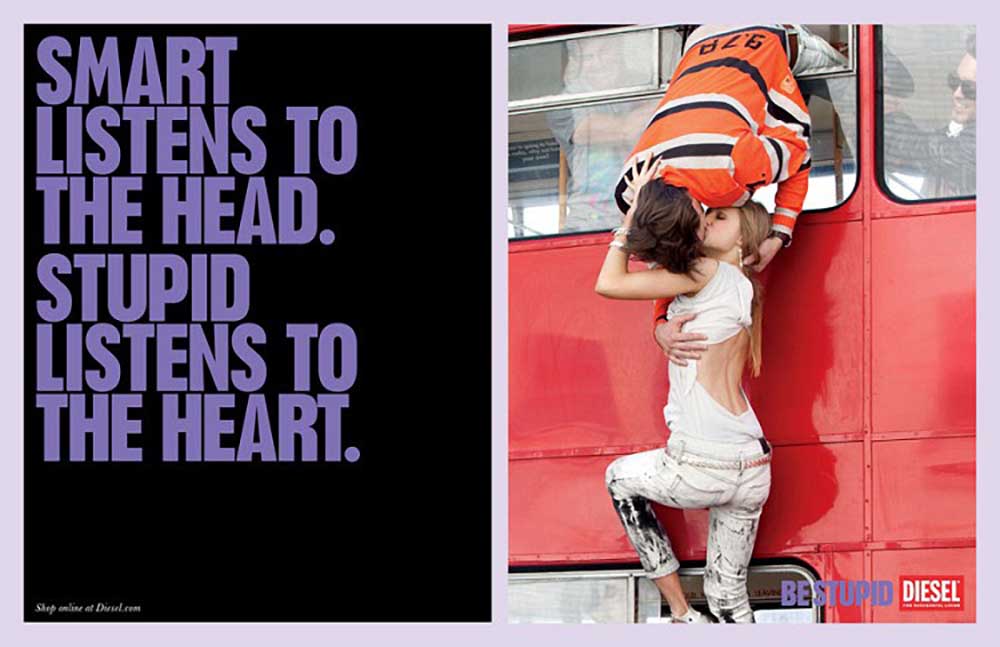
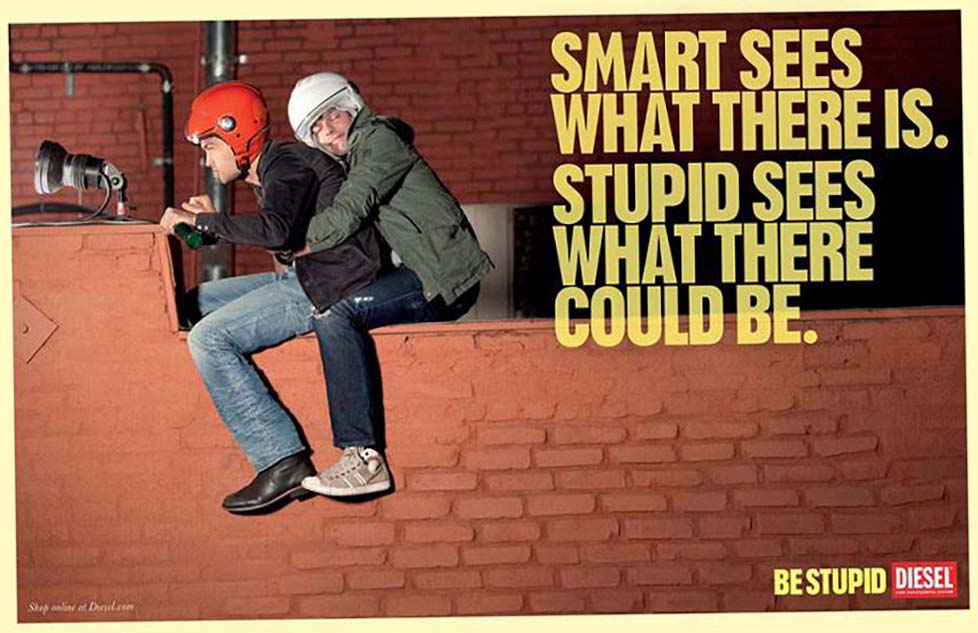
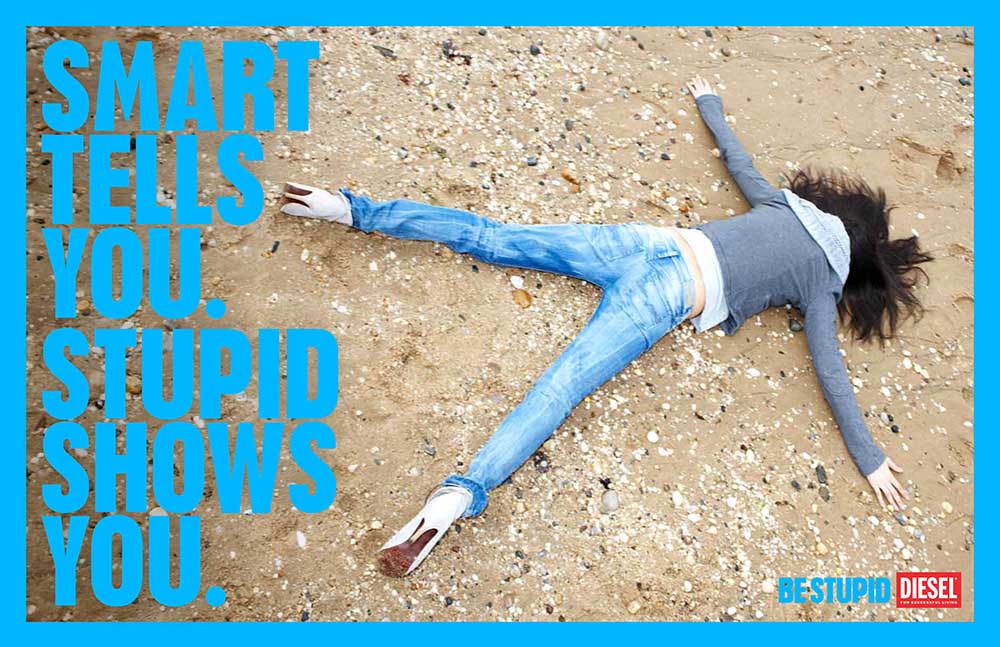
Shorter is better. Always.
If you’re a copywriter, you need to learn to edit without losing meaning or interest. If you’re an art director, you need to do the same. The words may not technically be your responsibility, but it’s still your ad. And a too-long headline can bring it down.
The longer your headline, the more likely it is that the reader is going to lose interest halfway through. If you have a short punchy headline, it’s almost impossible not to read it as a single unit. Even if the reader flicks away immediately, at the very least they have consumed and understood it.
One technique is to take your long headline and take away words one at a time until it stops making sense.
You could argue that there’s more character, and more of a “voice” in some longer lines. Maybe. But if you do it right, you can create plenty of character in a shorter line.
More often than not, headlines should be short. And writers and art directors need to be able to take long thoughts and edit them down to something someone might read and remember, even if they weren’t paying attention to begin with.

But as always, if there is a good reason to creatively break this rule (as above), go for it.
Write headlines professionally
Don’t be sloppy
You’re a professional. Act like it. Proofread, spellcheck and make sure all your apostrophes are in the right place. For god’s sake don’t mix up THERE and THEIR. Or miss a preposition, or misspell the product’s name.
Sloppy is different from an honest mistake. It’s different from an idea that isn’t quite working yet. Sloppy says that you didn’t take the time to do a quick read-through before you shared your work. Sloppy says you had more important things to do. Sloppy says you don’t really care. It’s a pain in the ass to work with somebody who doesn’t care. Even on the crappy assignments, the ones that don’t stand a chance of ever going in your book, you should care about your craft and how it reflects on you.
The ability to write a snappy turn of phrase doesn’t automatically make you an expert on grammar. Learn it. Don’t just assume that you have the instinctive skills to detect correct grammar.
Headlines aren’t an idea. But they can help identify an idea.
Some creatives sit in their room and tap their chins until they come up with the ‘big idea’. That’s fine. If that isn’t working for you, try getting Jack Kerouac with it and write headlines in a stream of conscious. It’s a good way to get a feeling for the way the brand sounds and their style of speaking.
There is no such thing as a bad headline when you are taking this route. You probably won’t use them anyway. You’re looking for ways in. Uncovering insights and getting a feel for the brand’s voice. You might veer close to the idea a few times. And each time you do, something will resonate. You’re getting closer. Keep going. The idea will come.
Whenever you're stuck, grab a lifeline.
Sometimes a great headline ‘just comes to you’. That’s great if you only need the one. But you don’t. You need a bunch of them.
Even the greatest copywriters get jammed. Each of them would have found ways to jimmy themselves out of that rut. We’ve put together some of the most effective headline thought-starters here. Read on. I’m sure you’ll find something that helps.
I should point out. Many of these techniques aren’t the ones you are going to see winning metal at award shows. That’s because the kind of headlines we are talking about here are workhorses. They aren’t the flashy campaigns with glamorous art direction. But to succeed in your career, you need these ones too.
Find an analogy
An analogy finds two separate things or concepts and finds a way to connect them. Metaphors and similes are all the same kind of thing (for you grammar pedants out there). It is creatively well-trodden territory. Headlines for an analogy often start with “Think of it as…” or “It’s like…”. Of course, analogies can be phrased more interestingly than that. So, once you’ve landed on an interesting point of comparison, play with the way that you express it.
Turn the order of the headline in on itself. Break it into small sentences. This process alone can yield some unexpected results that might not even be an analogy.
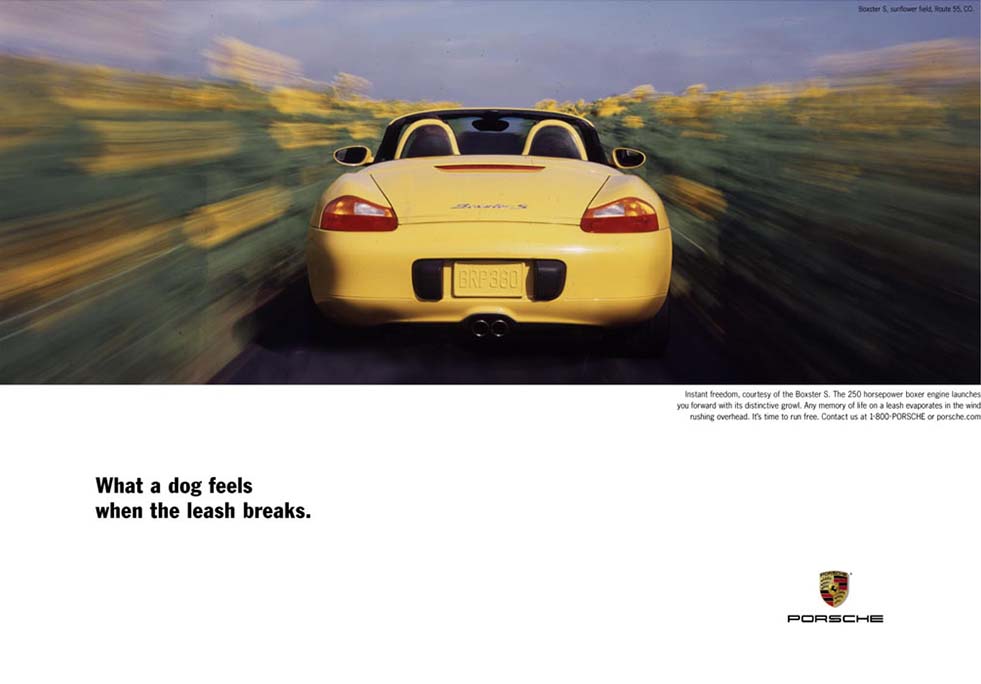
Exaggerate the product or benefit
‘Hyperbole’ to you english majors out there. Embellish the product to the extent that it is clearly, impossibly untrue. So far that it’s impossible to think that you are serious. Have some fun with it, and perhaps the reader will too.
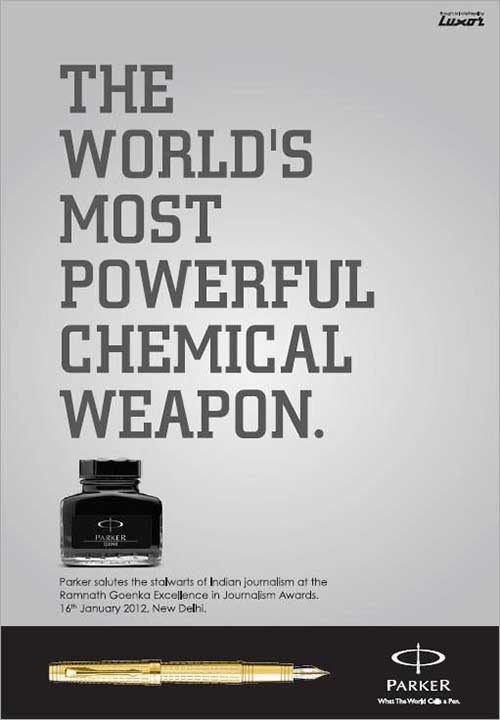
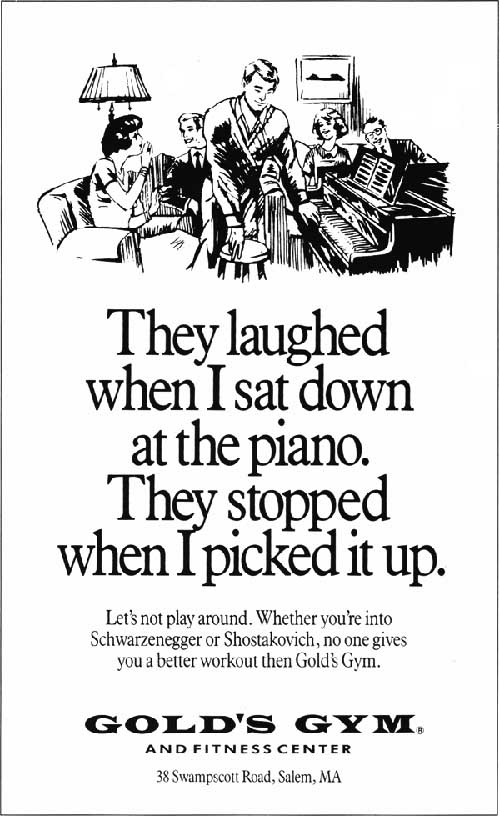
Try some personification
Give your brand some human characteristics. Imbue it with joy, jealousy, curiosity. Whatever fits. It’s a simple shortcut to charming your audience. There’s not enough
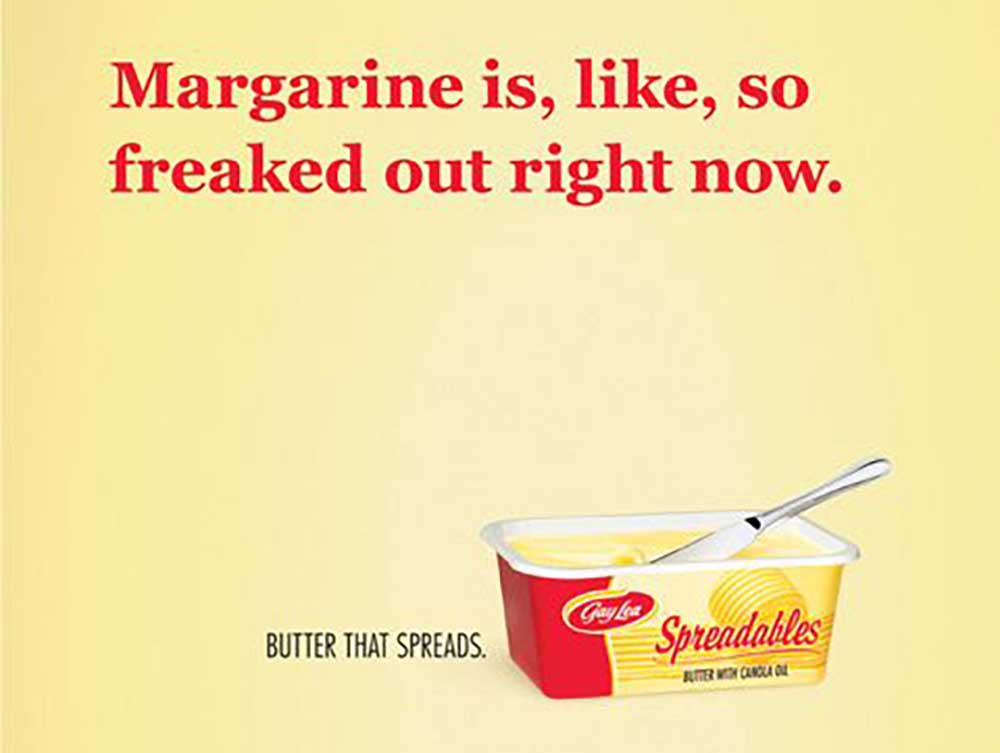
Dramatise facts and stats
Facts and statistics are certainly going to be available. Clients and account people love filling briefing documents with those little guys. Find the twist. Or, like spotify did so brilliantly, try digging deeper into the data to find gems that create interest.
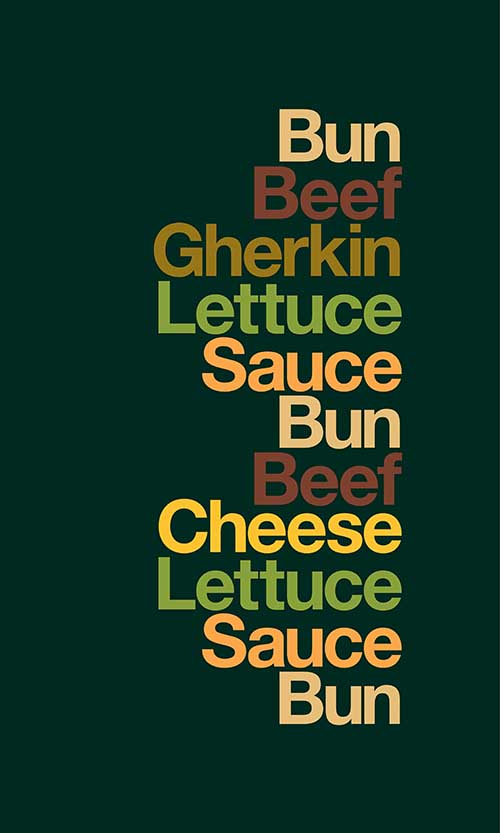
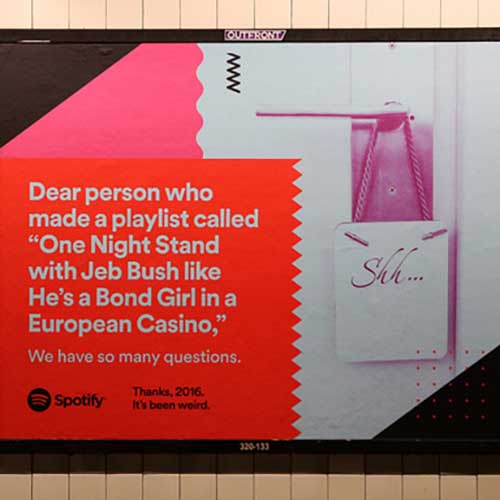
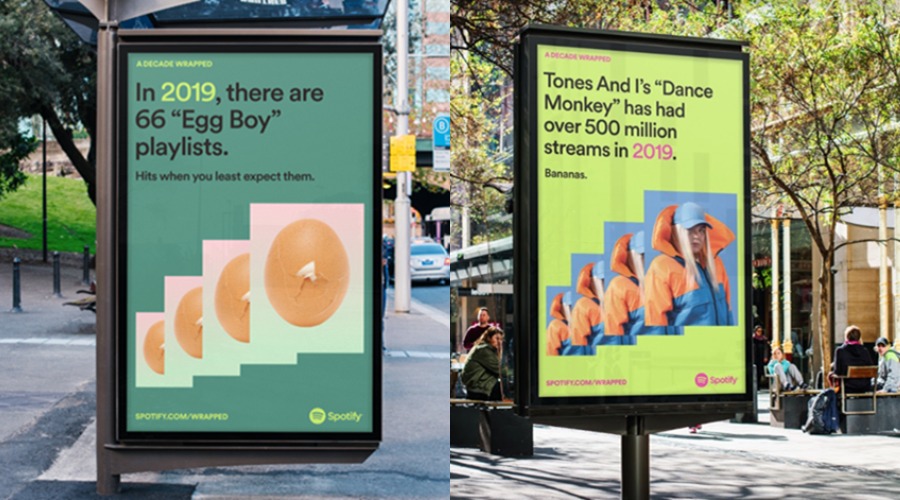
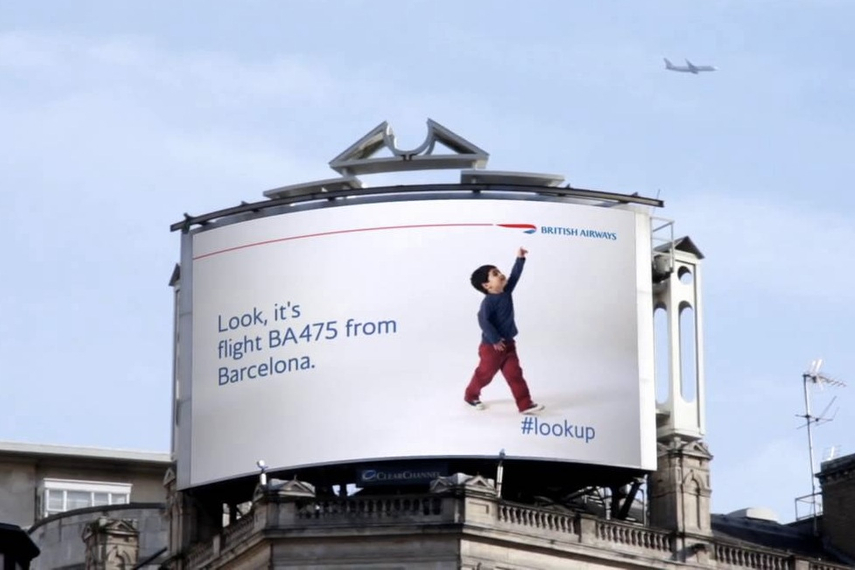
Turn the negative into a positive
The most famous use of this is the Stella Artois ‘Reassuringly Expensive’ campaign. But there are other versions worth looking at.
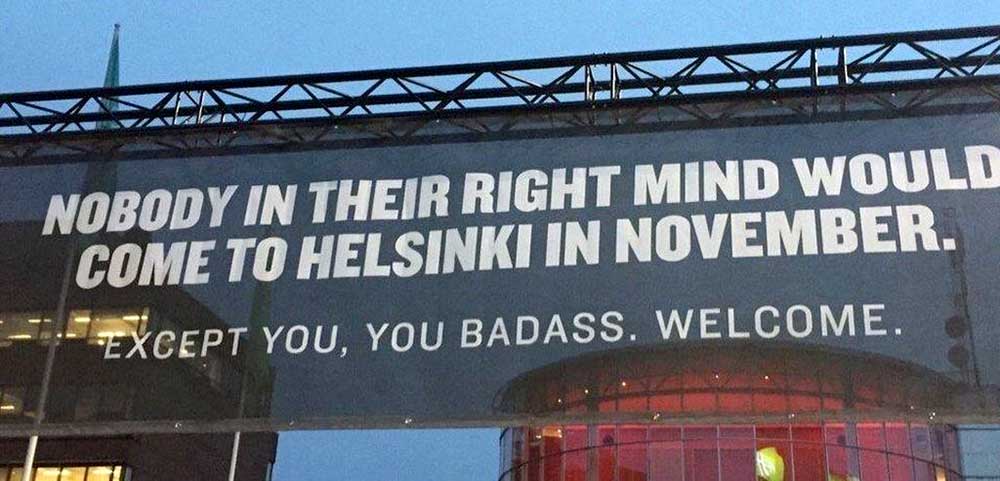
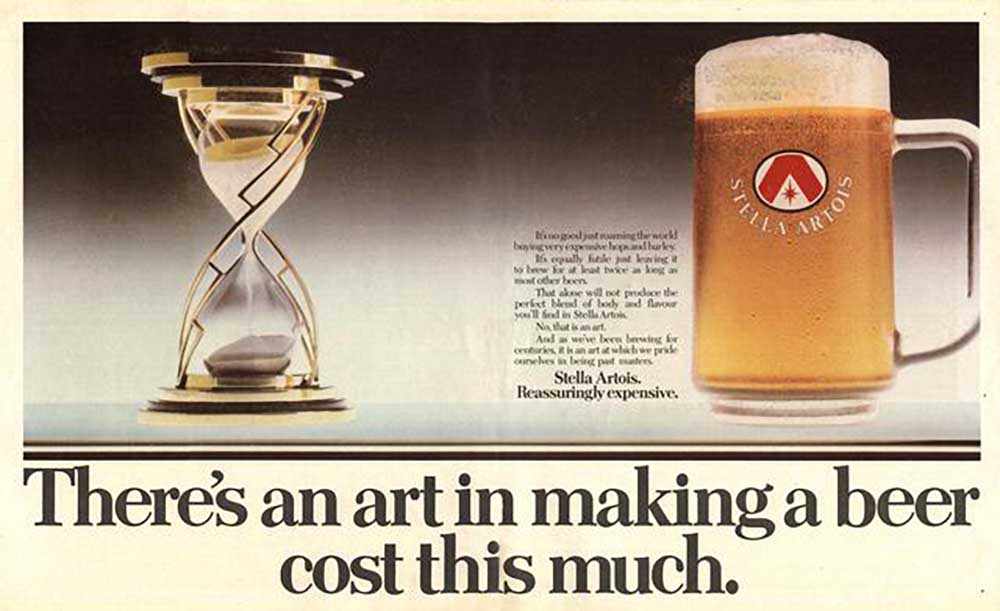
The fancy way of saying it is ‘Onomatopoiea’
But I like to think of it as using nonsense words to describe the sounds around the product. Look at your plink plonks and ding dongs and see how much fun you can make them. Or, you can get really creative like Coca-Cola did here, and imagine the onomatopoiea.
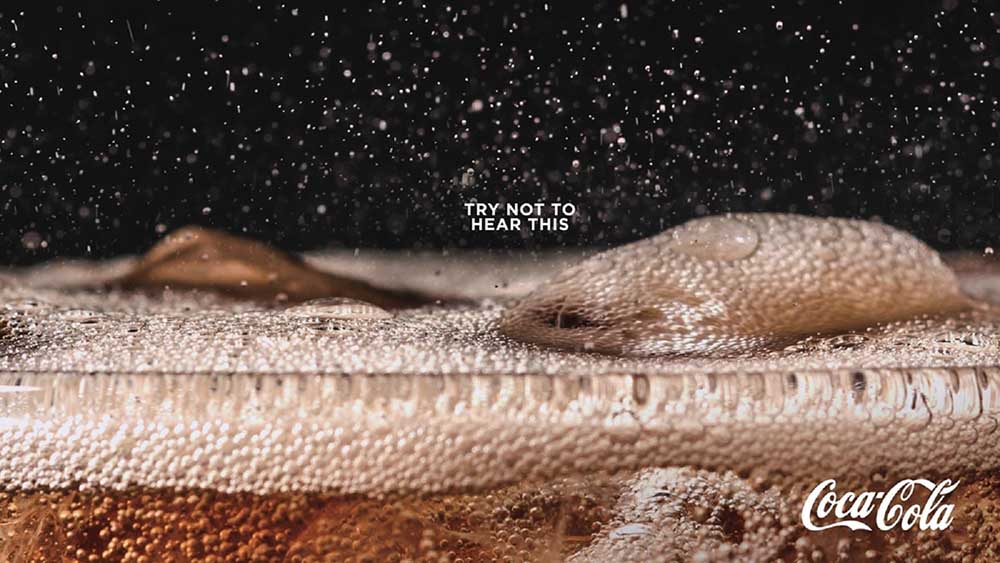
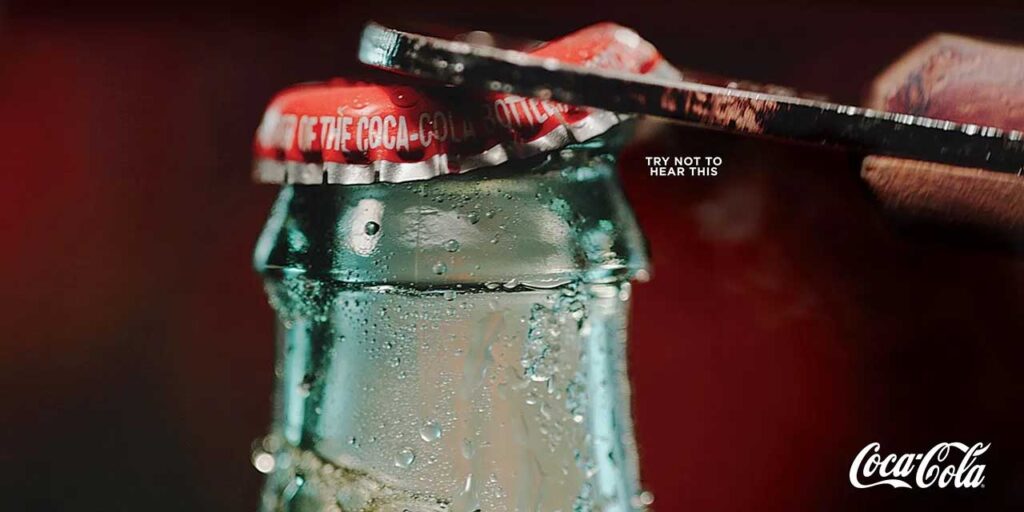
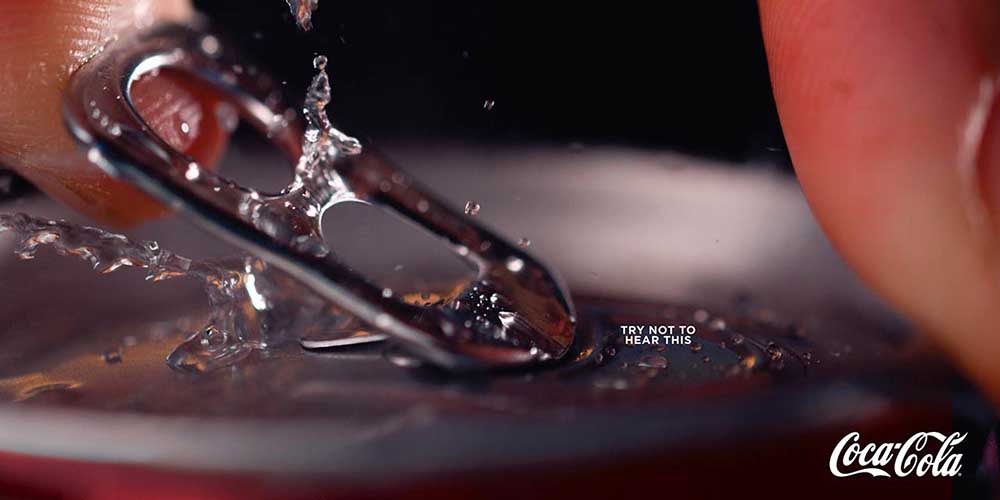
Mess with the letters
You don’t necessarily have to only use the alphabet. You h@ve $o ma#y sp3cial characters you can use. But look beyond the keyboard as well to the kind of graphics and icons that exist naturally in the product category.
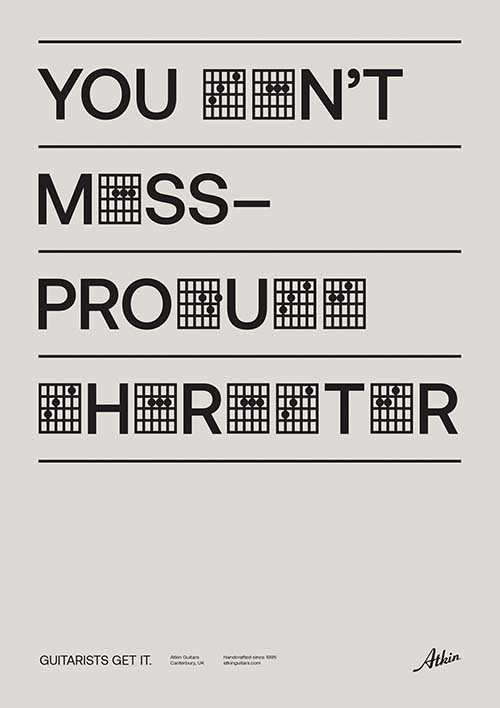
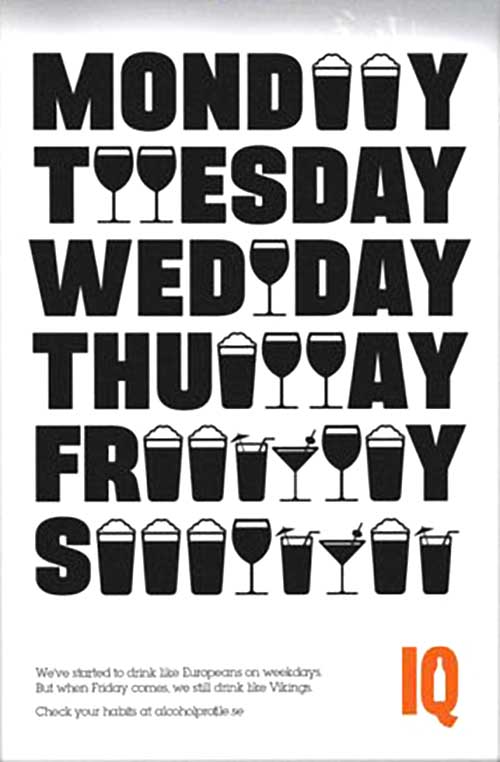
Flip the phrase
Mess with the word order of well known phrases to bring your proposition to life.
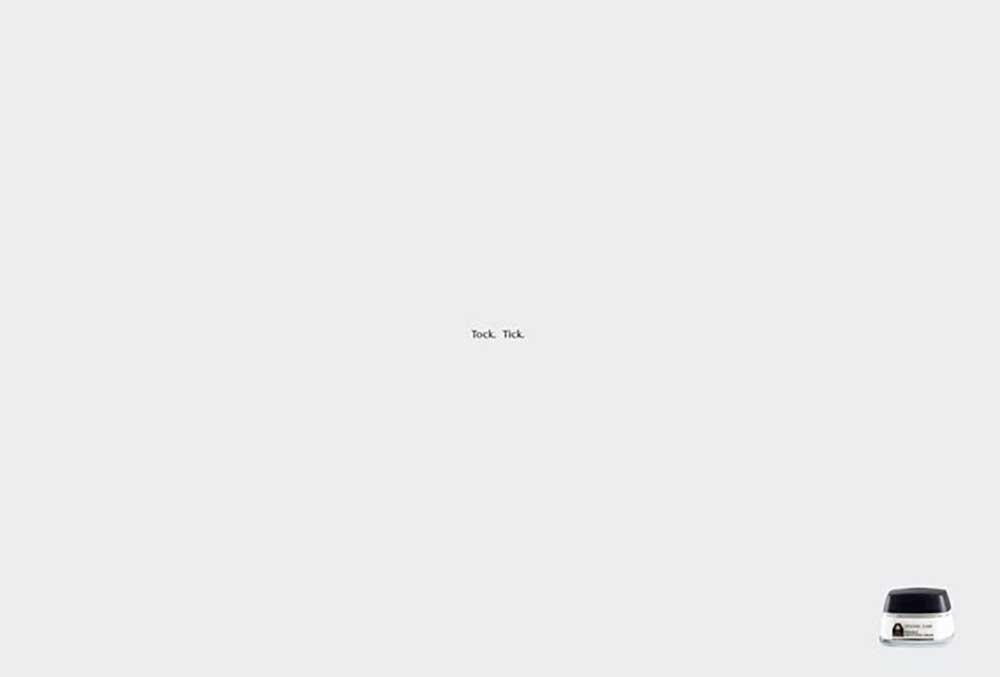
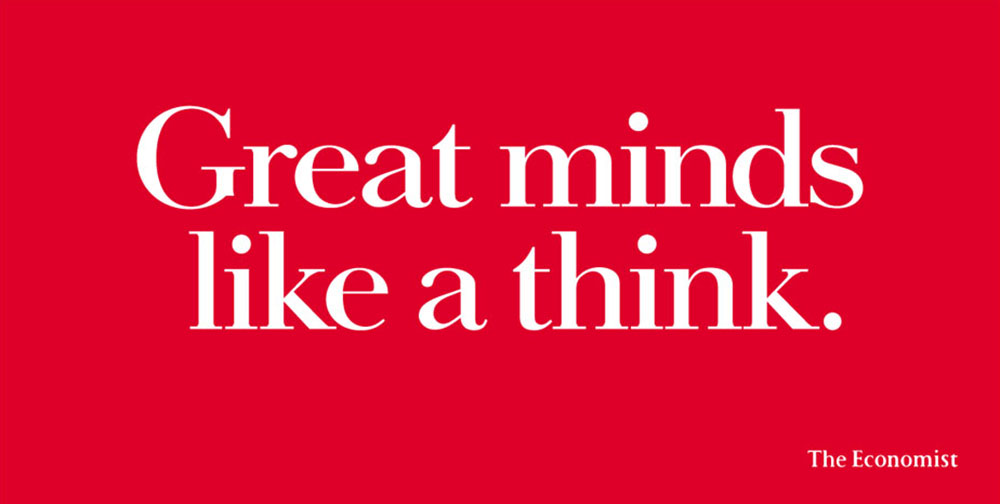
Radical Honesty
Normal honesty can be boring. But honesty with a radical twist can really hit home if it’s done right. You might have seen this campaign for Oatly Milk before, but it’s worth showing again.
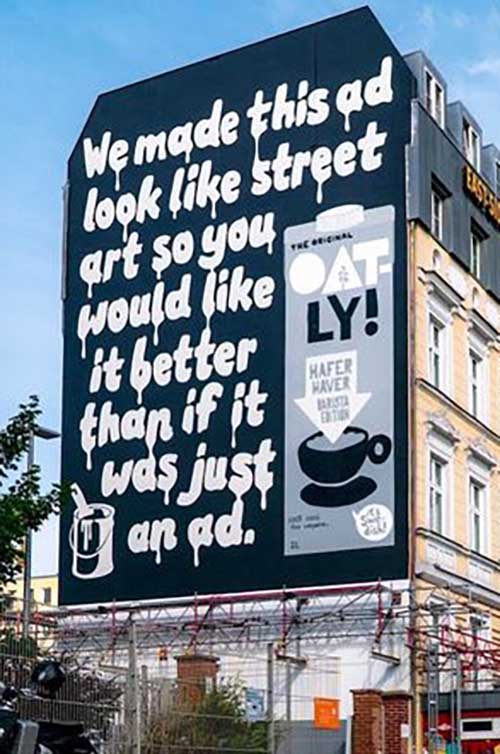
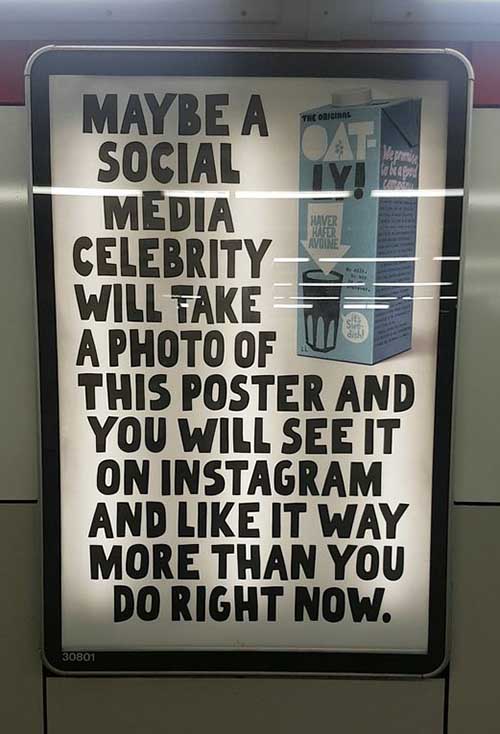
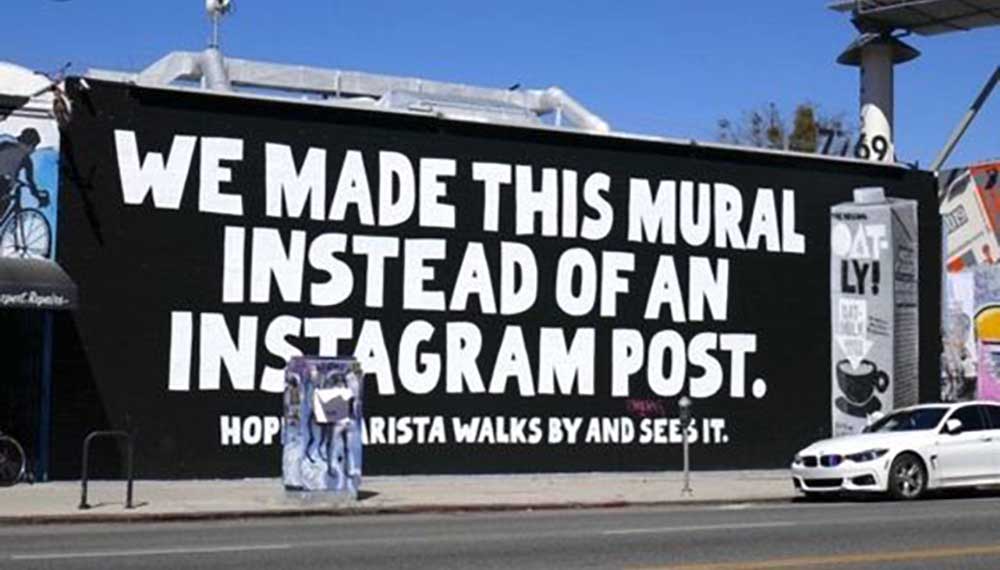
Get Competitive
This can be very tricky to navigate successfully, with defamation and libel laws being what they are. Many clients baulk from directly attacking their competition as well. Because sometimes, well, the response from your competitor can be better. See the competing billboards battle between BMW and Audi below. In response to Audi’s billboard, BMW purchased space on the billboard directly beside it. Audi definitely regretted going toe to toe with BMW here.

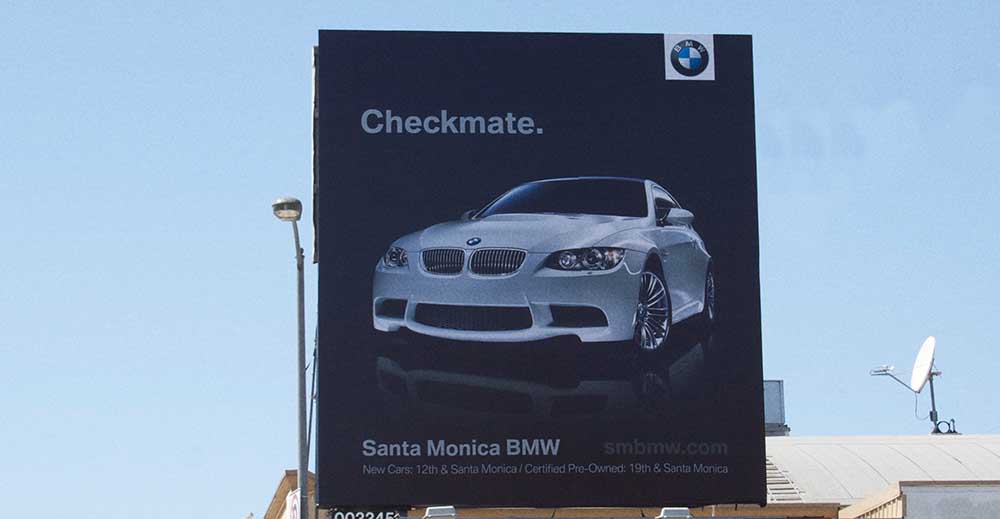
But it can be an effective tactic at times, particularly if that ad is surrounded by other pieces of creative that aren’t competitive in style. These ads work better as an arrow in a large quiver. Not as the main weapon.
Things to do
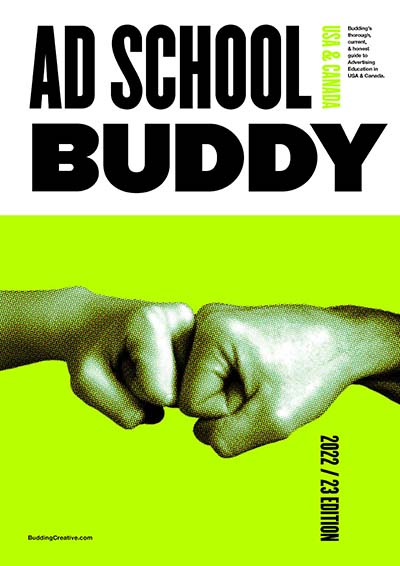
The Ad School Buddy
The complete guide. Undergrad, portfolio, grad, incubators and more.
More Articles
The Ad School Buddy
To make it as a professional ad creative, your choice of school is key. This is the most comprehensive guide to creative education in North America by far.



